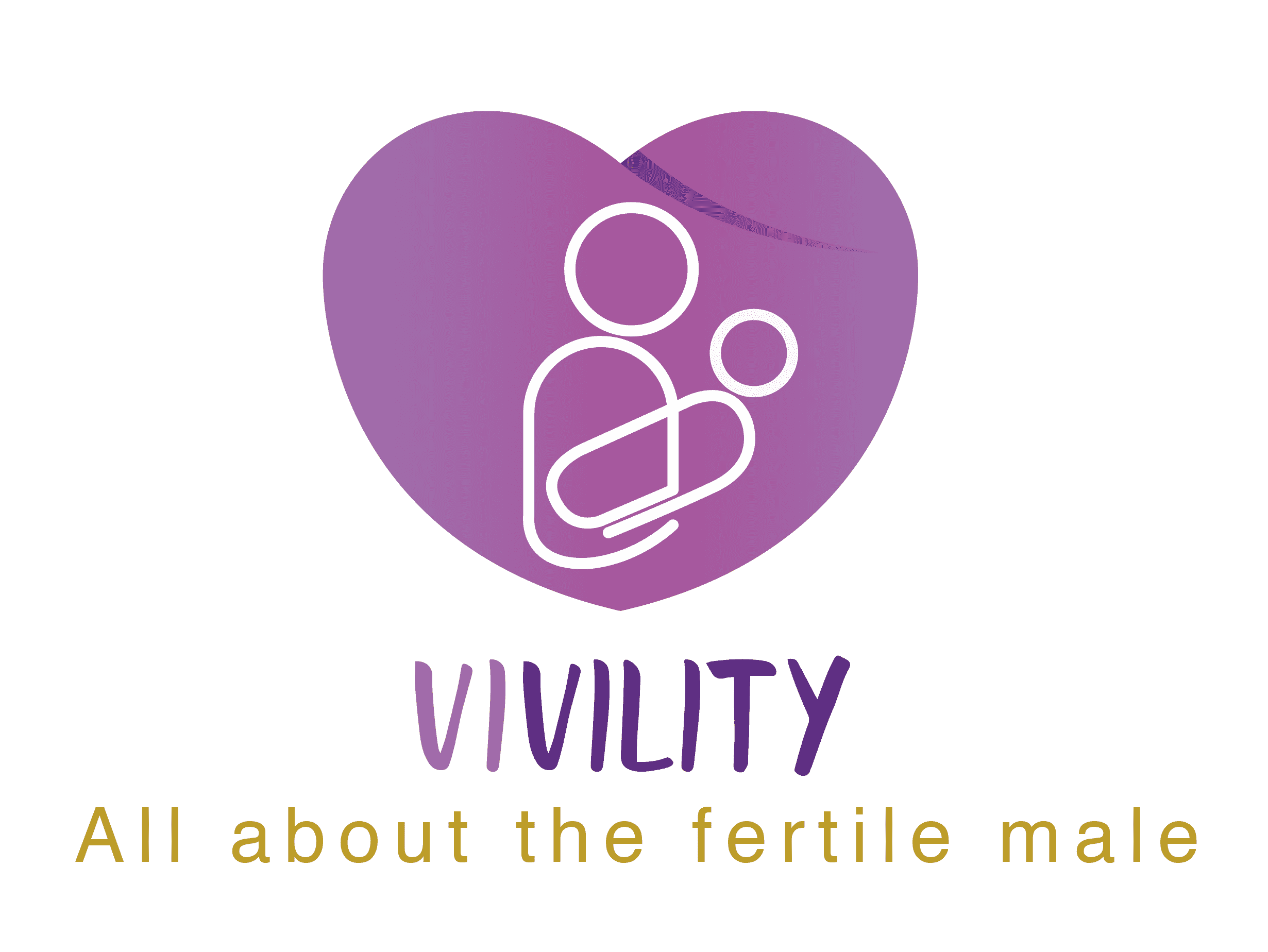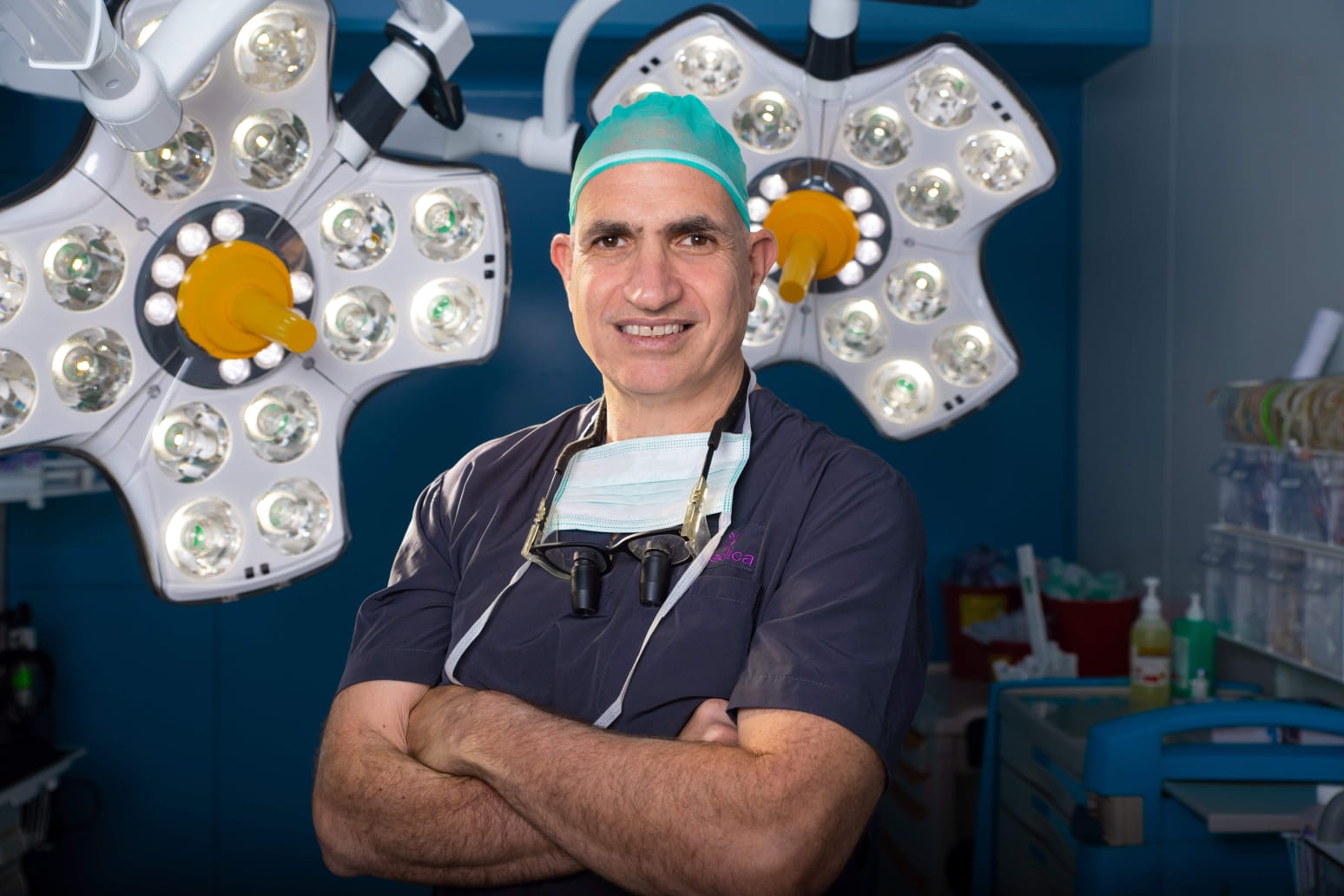Getting an azoospermia diagnosis can feel like hitting a wall—no sperm in the semen sounds like pregnancy is off the table. But here’s the good news: you can still get pregnant with azoospermia in many cases. Thanks to medical advancements, there are options like sperm retrieval procedures, IVF, and even using donor sperm if needed.
The key is understanding the type of azoospermia (obstructive or non-obstructive) and working with a fertility specialist to explore the right path. In this article, we’ll explain how azoospermia is diagnosed and the real possibilities for getting pregnant, even when sperm count shows zero.
Understanding Azoospermia and Fertility
What is azoospermia?
Azoospermia is a medical condition characterized by the absence of sperm in the ejaculate. This condition is a significant cause of male infertility, affecting approximately 1% of all men and 10-15% of infertile men. Understanding azoospermia is crucial for couples trying to conceive, as it directly impacts fertility and the ability to achieve pregnancy naturally.
Types of azoospermia
There are two primary types of azoospermia: obstructive and non-obstructive. Obstructive azoospermia occurs when there is a blockage in the male reproductive tract, preventing sperm from being present in the ejaculate. Non-obstructive azoospermia, on the other hand, is due to a problem with sperm production in the testes. Identifying the type of azoospermia is essential for determining the appropriate treatment approach.
Causes and symptoms
The causes of azoospermia can vary widely, ranging from genetic factors to lifestyle influences. Common causes include hormonal imbalances, genetic abnormalities, infections, and exposure to certain medications or toxins. Symptoms may not be apparent, as azoospermia often goes unnoticed until a couple experiences difficulty conceiving. However, some men may experience signs such as low libido or erectile dysfunction.
- Genetic factors : Klinefelter syndrome, Y chromosome microdeletions
- Hormonal imbalances : Low testosterone, high prolactin levels
- Lifestyle influences : Smoking, excessive alcohol consumption, drug use
Diagnosing Azoospermia
Semen analysis
A semen analysis is the first step in diagnosing azoospermia. This test evaluates the volume, concentration, and motility of sperm in the ejaculate. A complete absence of sperm confirms the diagnosis of azoospermia. The test is typically conducted over two separate occasions to ensure accuracy.
Hormone testing
Hormone testing is crucial in understanding the underlying causes of azoospermia. Blood tests measure levels of hormones such as testosterone, follicle-stimulating hormone (FSH), and luteinizing hormone (LH). Abnormal hormone levels can indicate issues with sperm production or other reproductive health problems.
Genetic testing
Genetic testing helps identify any chromosomal abnormalities or genetic mutations that may be causing azoospermia. Tests such as karyotyping and Y chromosome microdeletion analysis provide valuable insights into the genetic factors contributing to the condition. This information is vital for determining the best course of treatment.
- Karyotyping : Detects chromosomal abnormalities
- Y chromosome microdeletion analysis : Identifies specific genetic mutations
Treatment Options for Azoospermia
Medication and hormone therapy
Medication and hormone therapy can be effective for some men with azoospermia, particularly those with hormonal imbalances. Treatments may include medications to stimulate sperm production or hormone replacement therapy to correct deficiencies. The success of these treatments depends on the underlying cause of azoospermia.
Surgical interventions
Surgical interventions are often necessary for men with obstructive azoospermia. Procedures such as vasectomy reversal or surgical removal of blockages can restore the flow of sperm into the ejaculate. In some cases, surgery may also be used to retrieve sperm directly from the testes.
Lifestyle changes
Lifestyle changes can play a significant role in improving fertility for men with azoospermia. Adopting a healthy lifestyle, including a balanced diet, regular exercise, and avoiding harmful substances, can enhance overall reproductive health. These changes may improve sperm production and increase the chances of conception.
- Balanced diet : Rich in antioxidants, vitamins, and minerals
- Regular exercise : Promotes healthy hormone levels
- Avoiding harmful substances : Smoking, alcohol, and drugs
Assisted Reproductive Techniques
In vitro fertilization (IVF)
In vitro fertilization (IVF) is a common assisted reproductive technique used for couples dealing with azoospermia. This process involves fertilizing an egg with sperm outside the body and then implanting the embryo into the uterus. IVF can be a viable option for couples when sperm is retrieved through surgical methods.
Intracytoplasmic sperm injection (ICSI)
Intracytoplasmic sperm injection (ICSI) is a specialized form of IVF that involves injecting a single sperm directly into an egg. This technique is particularly useful for men with low sperm count or poor sperm quality. ICSI increases the chances of successful fertilization and pregnancy.
Testicular sperm extraction (TESE)
Testicular sperm extraction (TESE) is a surgical procedure used to retrieve sperm directly from the testes. This method is often employed when sperm is not present in the ejaculate due to obstructive or non-obstructive azoospermia. TESE can provide viable sperm for use in assisted reproductive techniques like IVF and ICSI.
- TESE procedure : Involves a small incision in the testes
- Sperm retrieval : Sperm is extracted and used for fertilization
Natural Conception with Azoospermia
Improving sperm production
Improving sperm production is a key focus for men with azoospermia who wish to conceive naturally. This can be achieved through lifestyle changes, such as maintaining a healthy weight, reducing stress, and avoiding exposure to environmental toxins. Supplements like zinc and folic acid may also support sperm production.
Timing intercourse
Timing intercourse to coincide with the female partner’s ovulation can increase the chances of conception. Understanding the ovulation cycle and using ovulation prediction kits can help couples optimize their timing for natural conception.
Nutritional support
Nutritional support plays a vital role in enhancing fertility for men with azoospermia. A diet rich in antioxidants, vitamins, and minerals can improve sperm health and increase the likelihood of conception. Foods such as leafy greens, nuts, and seeds are excellent sources of essential nutrients.
- Antioxidant-rich foods : Berries, dark chocolate, and green tea
- Vitamins and minerals : Vitamin C, vitamin E, zinc, and selenium
Coping with Azoospermia and Infertility
Emotional support
Coping with azoospermia and infertility can be emotionally challenging for couples. Seeking emotional support from friends, family, or mental health professionals can help alleviate stress and anxiety. Open communication between partners is also essential for maintaining a strong relationship during this difficult time.
Counseling options
Counseling options, such as individual or couples therapy, can provide valuable support for those dealing with infertility. Therapists can help individuals process their emotions, develop coping strategies, and explore alternative paths to parenthood.
Support groups
Joining support groups for individuals and couples facing infertility can offer a sense of community and understanding. Sharing experiences and learning from others in similar situations can provide comfort and encouragement.
- Online forums : Connect with others experiencing infertility
- Local support groups : In-person meetings for shared experiences
Azoospermia Success Stories
Overcoming obstacles
Many couples have successfully overcome the challenges of azoospermia and achieved their dream of parenthood. These success stories often involve a combination of medical treatments, lifestyle changes, and assisted reproductive techniques. Hearing about others’ journeys can inspire hope and determination.
Alternative paths to parenthood
For some couples, alternative paths to parenthood, such as adoption or using donor sperm, may be the best option. These choices can provide a fulfilling and rewarding experience, allowing couples to build their families despite the challenges of azoospermia.
- Adoption : Providing a loving home to a child in need
- Donor sperm : Using sperm from a donor for conception
Final Thoughts
Navigating the journey of trying to conceive with azoospermia can be challenging, but understanding the condition and exploring various treatment options can lead to success. With the right support and resources, couples can overcome the obstacles of azoospermia and achieve their dream of parenthood.
Frequently Asked Questions
Can I get pregnant naturally if my husband has azoospermia?
Getting pregnant naturally with azoospermia is challenging but not impossible. It depends on the type and cause of azoospermia. Consulting a fertility specialist at Vivility can provide guidance on the best approach for your situation.
Is IVF the only option for couples with azoospermia?
IVF is a common option for couples with azoospermia, but it’s not the only one. Other assisted reproductive techniques, such as ICSI and TESE, can also be effective. A fertility specialist can help determine the most suitable method.
What is the most common cause of azoospermia?
The most common cause of azoospermia is a blockage in the male reproductive tract, known as obstructive azoospermia. Non-obstructive azoospermia, due to issues with sperm production, is also prevalent.
How common is male infertility due to azoospermia?
Male infertility due to azoospermia affects approximately 1% of all men and 10-15% of infertile men. It is a significant factor in male infertility and requires proper diagnosis and treatment.
Can azoospermia be cured?
Azoospermia can sometimes be treated or managed, depending on the underlying cause. Surgical interventions, medication, and lifestyle changes can improve fertility in some cases. Consulting a healthcare professional is essential for determining the best course of action.


